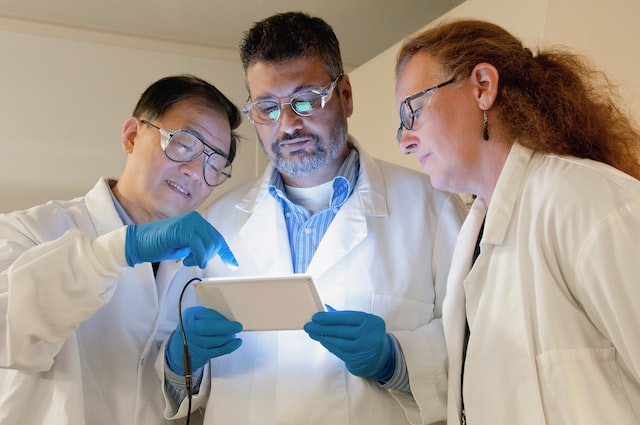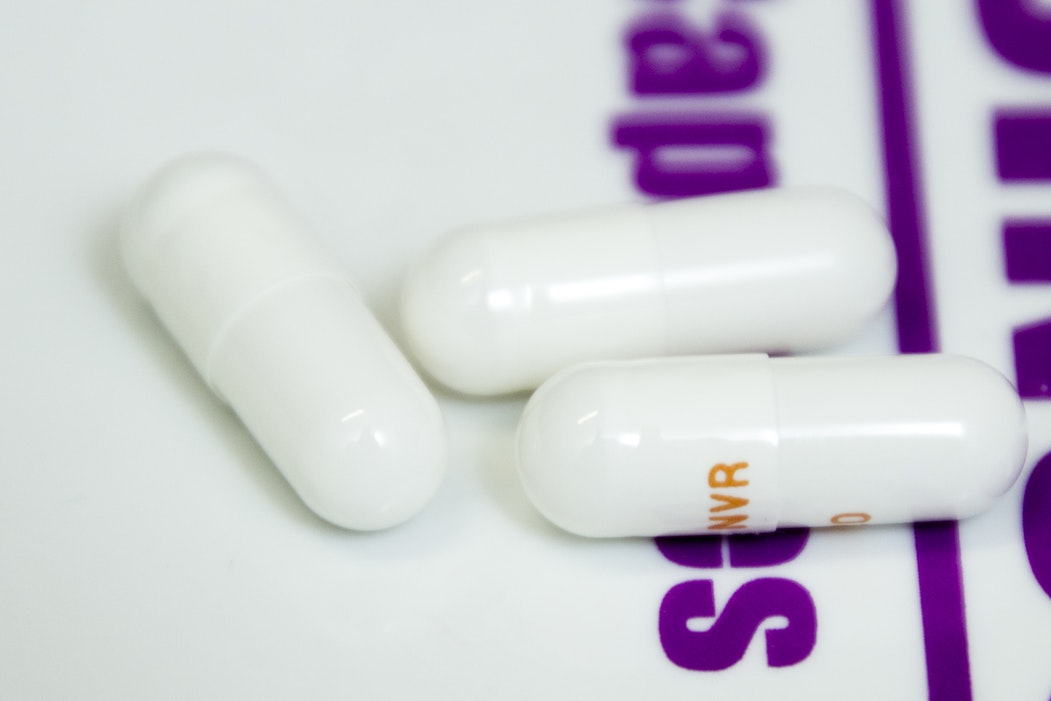An extensive array of free and open-source in silico modelling software is available that can be used for anything from predicting chemical toxicity to assembling DNA nanostructures and analysing their structures.
The in silico model can assist with overcoming biological transport barriers such as vascular transport, extravasation and tissue penetration when designing nanoparticles for tumour therapy; however, general design principles derived from such tools should be validated against in vivo and in vitro data before being implemented into practice.

Apps for Students
As part of their response to COVID-19, students are shifting toward online learning for many course modules, necessitating tools and processes that enable them to achieve course outcomes through this delivery method.
Using software such as MATLAB and Simulink for model development is one of the most efficient approaches. A model-based approach with a virtual bioreactor can speed up process development for cell-based medical devices and pharmaceuticals – Umetrics Studio offers Cell Insights as an efficient solution.
GoSilico(tm) Chromatography Modeling Software is an invaluable simulation tool utilised by numerous biopharma companies for chromatography process development. With just a few experimental calibration runs, you can replicate any process, saving time and money while offering flexibility to adapt them as necessary to ensure long-term success.
Apps for Scientists
As scientific knowledge acquisition accelerates unprecedentedly, scientists require new tools to harness it effectively. In-silico tools have the potential to save both time and resources by simplifying tasks that would otherwise be too complex or time-consuming for lab environments to perform effectively.
In-silico tools range from databases and read-across (automated instruments used for gap filling or analogue searching) to predictive software and complex machine learning algorithms, with thousands of models and software applications currently available that predict activity, toxicity and ADME properties.
Molecular Docking Tool EADock allows protein-ligand docking and has been applied in various applications, from finding potential AIDS inhibitors to developing drug candidates. Using such in silico tools can drastically cut costs and time required to bring drugs to market while eliminating costly later-stage failures or animal testing, as well as help identify safer chemicals that reduce exposure risks.
Apps for Researchers
Scientists are turning increasingly to in silico methods in research across many disciplines. Many of these approaches can reduce or replace animal experiments and clinical trials while hastening drug development processes.
These tools typically rely on transparent and easily reproducible algorithms used for collecting and analysing datasets and predicting chemical properties – that is, they help source and analyse datasets before predicting chemical properties that might interact with biological macromolecules and potentially trigger an MIE event.
Tool examples such as chemical-reactivity databases, read-across models and Quantitative Structure-Activity Relationships (QSARs), as well as expert systems based on Mode of Action information, are an integral component of AOP and are frequently used instead of laboratory tests or as an informant for them. They are increasingly being implemented across platforms, but clear implementation guidance remains necessary for their practical use.
Apps for Teaching
Simulation can be an engaging way of meeting the demands of the COVID-19 pandemic or introducing students to pharmaceutical development concepts, but it requires a structured approach to maximise its use.
There is now an increasing variety of in silico non-testing methods available to predict ADME properties and biological activity, from read-across tools for data gap filling or analogue search to Quantitative Structure-Activity Relationship (QSAR) models built using expert knowledge that includes Mode of Action data. Unfortunately, however, such models may not always meet users’ needs, and it must be ensured that proper use is established through training on how they should utilise such tools.
GoSilico Chromatography Modeling software offers an established, tailored solution to help create an accurate digital replica of your process in just a few experimental calibration runs. This allows for informed decisions to fuel business success now and into the future.

Herschel focuses on the connection between dental health and overall aesthetics, providing practical tips and expert advice.







